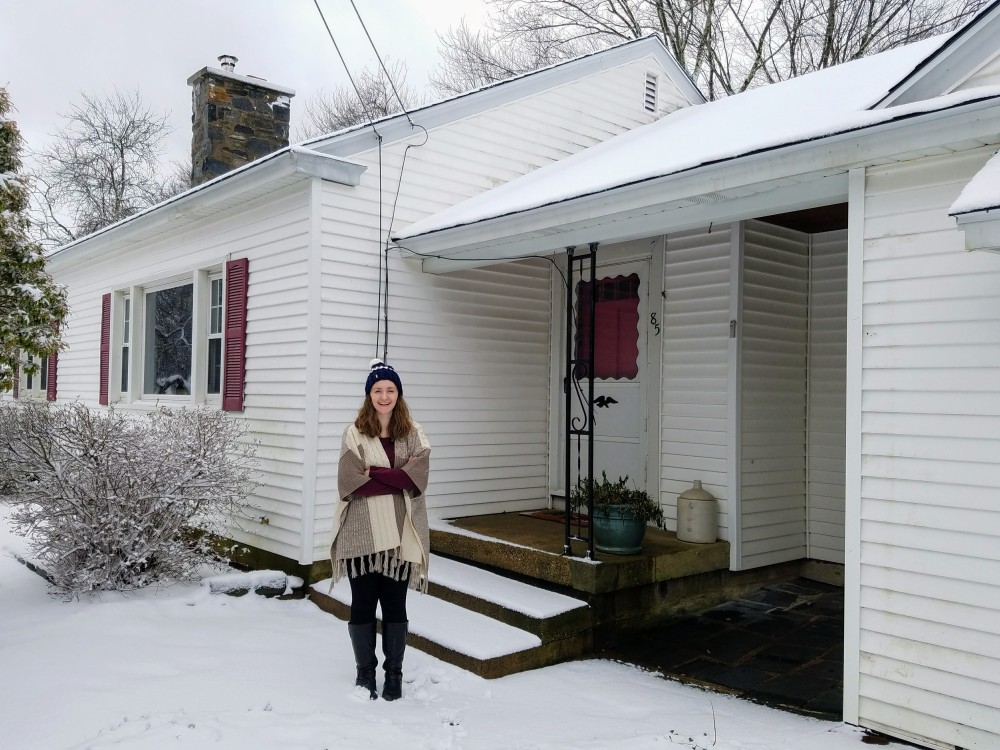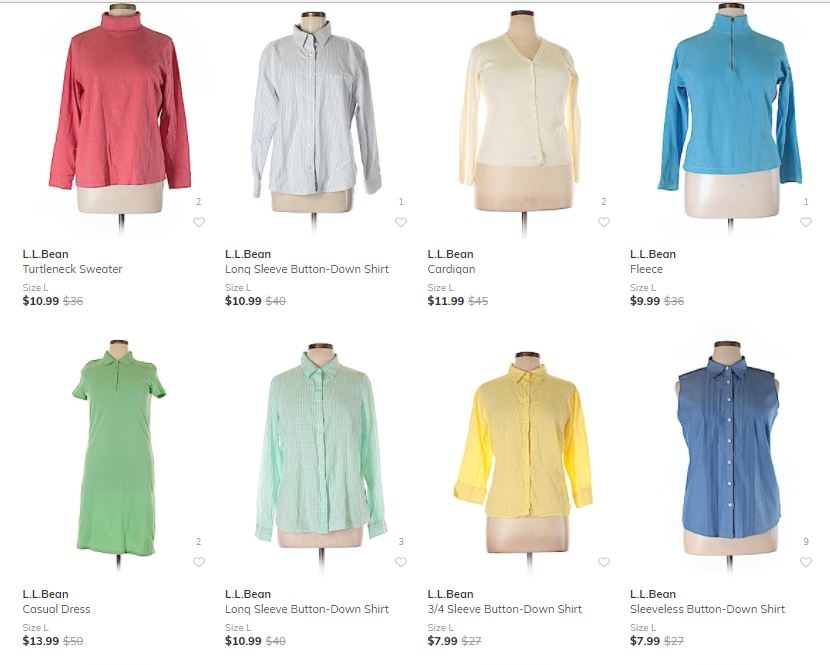It has been exactly two months since Massimo and I bought our first ever house!! Needless to say, this was a dream come true for us. A dream we worked hard to realize. Like most adult things, houses do not just land in your lap. You have got to work for it. With a lot of grit, sacrifice, and reliance on God’s direction, we got our keys and finally have a place to call our own.
Owning your own home is not for everyone. Much like a college education, it is something that is quintessentially “adult,” but that does not mean it will fit in everyone’s lifestyle. For us, we knew we wanted a house as soon as we could afford it. We wanted the space, independence, stability, and opportunity for investment. For these reasons, we lived below our means in the four and a half years we lived on our own. We lived in small apartments that cost less. We saved aggressively and often. We had our eyes on the prize and got there just in the time we needed.
If you know a house is something you want someday, or if you even may want a house someday, there are things you can and should do now to help. Follow these steps for the smoothest, fastest path to home ownership!

House hunting involves a lot of flashlights and imagination.
If you want a house ever: Maybe next year? Maybe in five years? This is what you should do if a house is ever on the horizon.
1. Get organized.
In the mortgage application process, your lender will request lots and lots of paperwork from you, some from several years in the past. They may also need explanations of things like credit or income history. Later on, when you are running your own house, you should know where to find your insurance declaration and how much your last fuel bill was at the drop of a hat. It is a great idea to get in the habit of being organized now: you can get those documents to the bank in a jiffy when the time comes, and your life will be less complicated in general.
I have several binders with tabs to keep track of all our important documents: a binder for tax returns and all supporting documents from the last five years, a binder with paystubs, IRA paperwork, and other financial records in another, and a binder of bills (electric, cable, health insurance) in another. Some records I just keep digitally. And be careful: just because you signed up for electronic billing or statements, you should keep them all saved on your hard drive or cloud as well because some companies only allow you to access the last 12 or 24 months on their systems.
2. Become budget people.
You will need a budget to save up for a house, to determine how much house you can afford, and to actually run that house. There is no better time than right now to start a zero-based budget and stick to it. Make adjustments every quarter or six months, and honestly track your spending. Like tracking weight loss, it does no one any good to falsely report your spending to make yourself feel better.
We keep track of all our budgets in excel or Google spreadsheets. It’s great because I can update digital versions wherever I am, and make graphs to show progress. I have written about budgeting and the app I like before – check it out.

3. Start to imagine your home.
So, you want a house someday? What kind? How big? Where? These are critical questions to consider if you ever want a home. Buying a three-story colonial in California is a really different process than buying a modular home in North Carolina. Some goals take longer to achieve, and having your eye on a particular type of prize can help you stay focused and get yourself in order for when the time comes.
If you want a house within the next two years: We are ready. This is what we want, and we want it soon. Let’s do this!
1. Get a separate savings account.
I cannot emphasize enough how important it is to separate your savings from your spending money. It prevents you from accidentally dipping into money that is allocated for something else. It makes you feel like you have less money to spend, because you don’t see your growing savings account every time you pay a bill. It makes you really consider and slow down to access that money. It will take you 2-3 days to transfer your savings money to a place you can spend it, so you have time to think. Fun cheap or free says you should have 7 bank accounts for your family. I cannot manage that many, but I do have at least 4. My favorite place to save money is Sallie Mae Money Market (I have written about them before and their interest rates have risen since then.) This account has no fees, no minimum, and you can open it online right now. There is no excuse for co-minging savings and spending money – go do it now.

2. Save like it is a bill.
When you make your updated budget to get down to hard-core saving, determine how much you can realistically put aside every month. And then add a little to it. We make ambitious budgets that force us to find extra income and say no to extras. You do not need to do that, but commit to saving so much it scares you. In our case, we ended up saving approximately the same amount as our rent, so we were essentially paying two rents every month. Then set up automatic withdrawals to your separate savings account (like you already have, per #1, above). Every month, you will be forced to make sure there is enough money for that automatic withdrawal just like you make sure there is enough money to pay all your other bills. Pay yourself first, and do not think of it as an extra.
This changed everything in the way we saved for our house. At first, I was only putting aside whatever we had “left” as “bonus” money after paying all our other bills. By setting up automatic withdrawals, I was forced to treat this budget item just like rent and student loans. I owed myself that money. I did pause the automatic savings for a couple of months when we really needed to (like when we took time off of work when Theodore was born), but we also added extras to this account when we had a bonus or tax refund.
3. Start your must-haves checklist and scan the internet for listings.
Remember the idea of a house you started in the first section? Refine that list. Look at options available in your potential price range and location. Think about why you want a house and what it needs to do for you. Our list focused on our family and my husband’s job. We knew we wanted kids, and that my husband wanted to run his guitar shop out of our home. These two requirements set the list for us. From there, we started looking on realtor.com and zillow.com., and set up automatic searches based on our preferences. We were inspired and encouraged to find options that fit our list, and reviewed them together. We also learned what things we did not want by looking at these options.
4. Keep your job.
When applying for a mortgage, your lender is going to want to see at least 24 months’ history at your current job. Obviously, some circumstances are not in your control and you may have to change jobs. But if you are considering it and can have some say, try to get in a job you like and keep it at least two years before you want to buy. It will simplify the process and make you a lower risk for your lender.
If you want a house in the next six months: We have been saving, we are getting tired of this apartment, and we have a baby on the way. We see the finish line!

1. Find a realtor.
Get a recommendation from someone you trust and hire him or her. You may not know this, but in Connecticut, in most cases the seller pays both realtors out of his proceeds. You probably will not have to pay him or her, but you get the benefits of having a realtor. The realtor can help you decide if a price is right and how to frame your offer. She can get you into houses for tours, has access to the official property listings, and refers you to everyone you need: inspectors, banks, attorneys, etc. They also help coordinate and organize all the dirty details towards the closing. Realtors are very helpful.
2. Find a lender.
It is very helpful to go to a lender first, give them your basic financial information, and get a prequalification for a loan. This will give you a very good idea of your ideal home price. You can also learn about other types of loans besides a traditional mortgage, such as construction or renovation loans. They can help you have confidence in how much any given house would cost you, and a prequalification letter can strengthen your offer if there are multiple parties looking at the same property.
A tip when talking to your lender: let him or her know exactly how much money you have to spend. They may look at your bank account and see $20,000.00, but be honest and tell them you want to keep $6,000.00 after this house purchase as an emergency savings account or to help pay moving expenses. They really, really need you to be honest and it makes every thing easier to be on the same page.
3. Keep looking online and reviewing those automatic searches.
Your realtor is great, but she may not see something you happen to. In my experience, it works well when both you and your realtor are looking for places. The more properties you review together (either in person or online), the more you both know about what you want in a house. Both Zillow and Realtor.com have automatic searches that send you emails with new properties which fit your specific needs: location, price, etc.

4. Save like never before.
You have been working hard and scraping and saving and you finally have enough for your down payment. Guess what? It’s not enough. In Connecticut, where I have closed dozens of mortgages and just purchased my own home, there are plenty of extras. There are loan and inspection costs – about $1,000.00. There are closing costs – add at least $7,500.00 to your down payment. There are also moving costs, which vary depending on how far you are going. There are also things you will have to and want to buy for your first home: curtains, rugs, smoke detectors, a snow shovel. In this final stretch, eat out at little as possible, get side gigs, and move in with relatives to save even more if you have to.
Pro tip: with most mortgages, the first payment is not due the first month you are there. We purchased December 16, and our first payment was not due until February 1 – they build in a whole month where you have no mortgage payment and possibly no rent. Use this month to your advantage, but be prepared anyway!

It’s our’s!
People always ask me: how much do I need to save for a down payment? To save the most money in the long run, you will want to put down 20% of the purchase price. This will pretty much guarantee that you do not need to pay private mortgage insurance. But 20% is a lot of money, and that may sound insurmountable to you. So keep a few things in mind. (1) If you are a veteran, you may qualify for a house with a 0% down payment. I do not recommend it, but it is possible. (2) There are basically five types of mortgages: 3%, 3.5%, 5%, 10% and 20% down. They each have pros and cons, and different fees attached to each one. My advise is this: shoot for 5% or even 10% down (plus extra for closing costs and some in reserve for your extra savings), and you will be very well-positioned to buy.
And you do not need to have all of that to start looking. It will take a while to find the right place, so start shopping now. For us, it was seven months between touring our first house and moving into our very own home. For most people, it takes even longer.
Happy home-buying! I hope you found this advise helpful and that you can implement some of these tips to become a home-owner in no time at all! It is a big, big dream, but if you want to own your own place some day, I say go for it! It took us about two years of hard-core saving to buy our house – a blink of an eye in the long run. And now we have this adorable, perfect home in which to raise our family and run our businesses. Truly, a worth-while sacrifice.
-D. E. Barbi Bee













